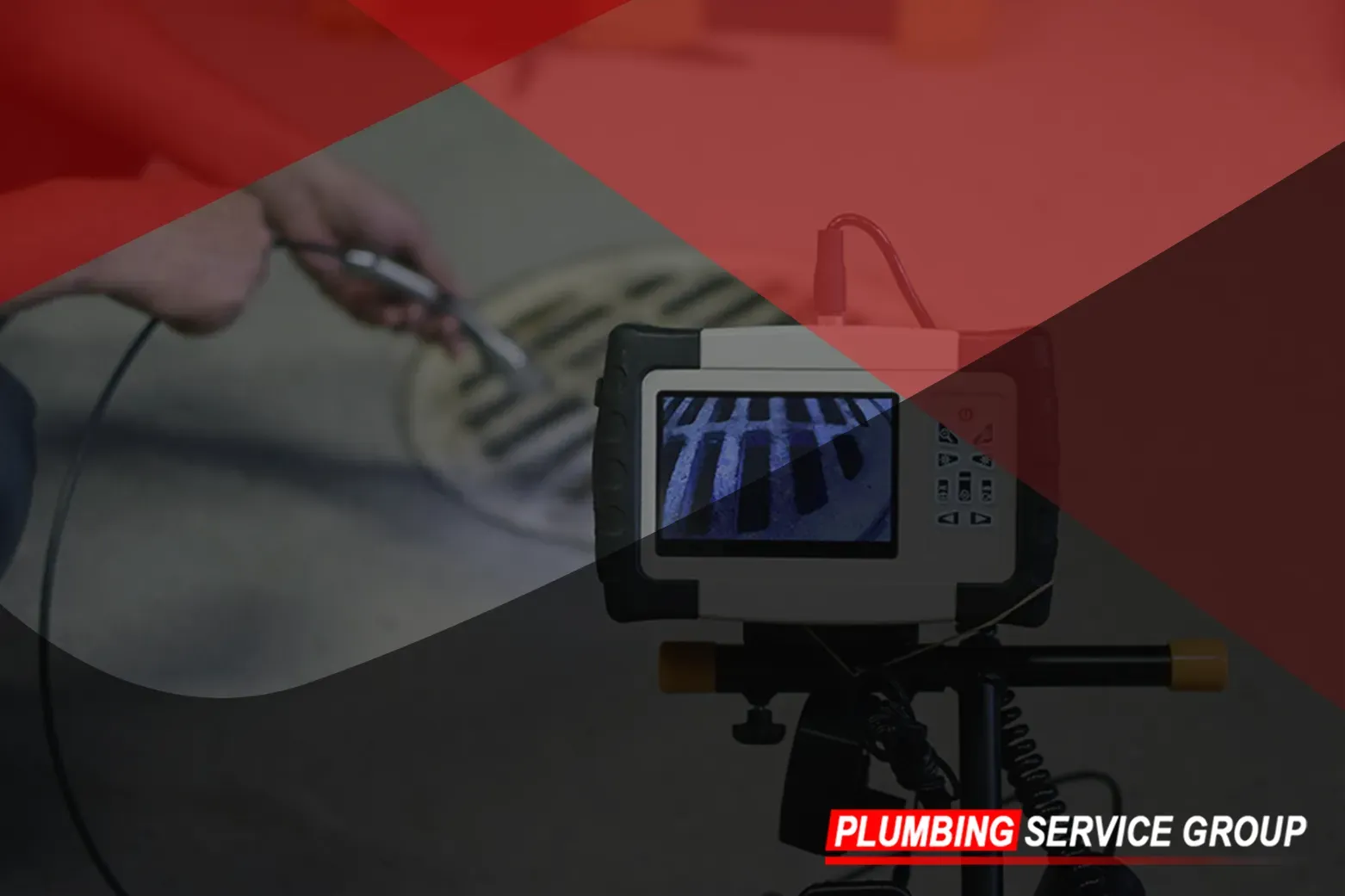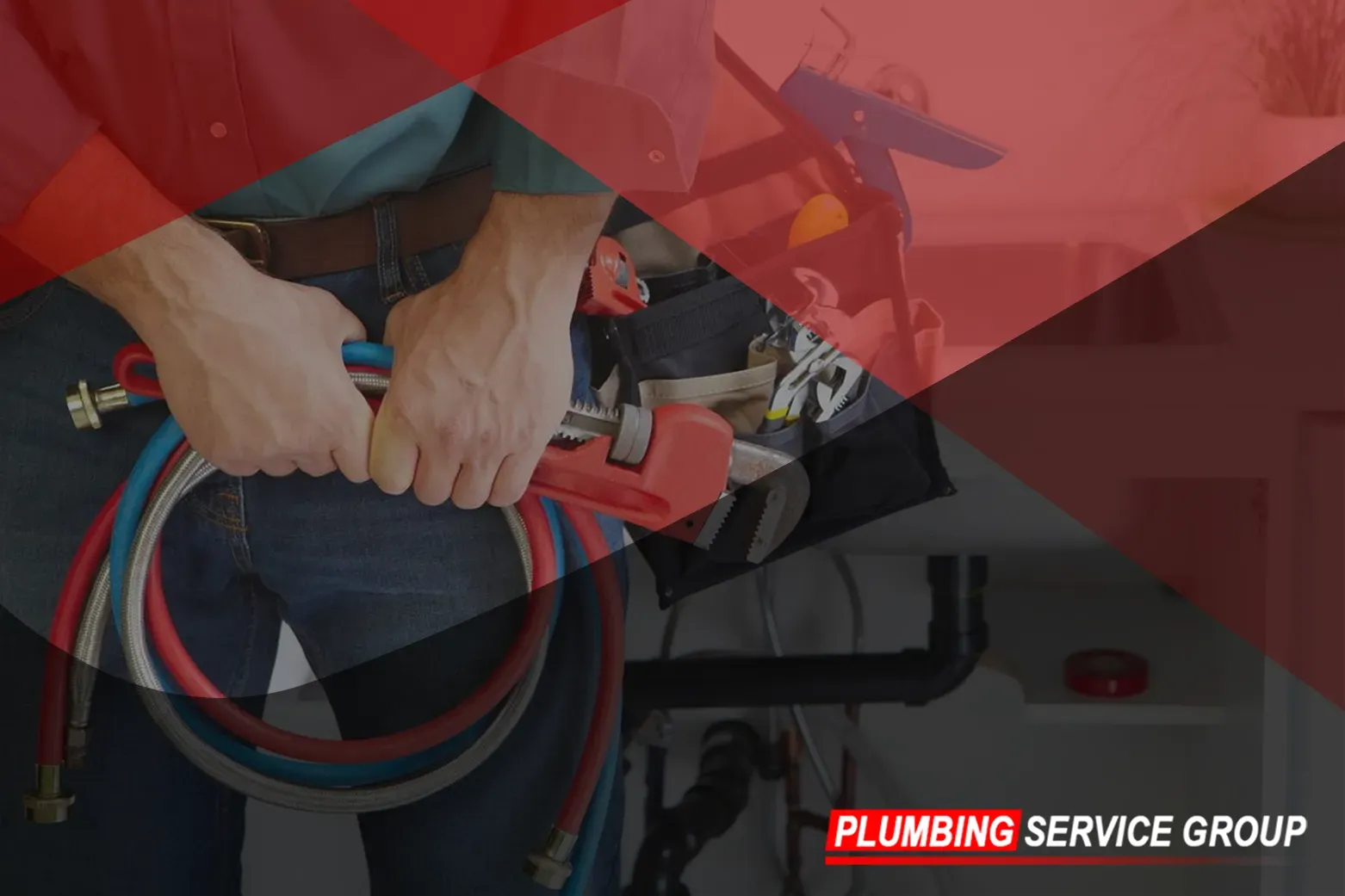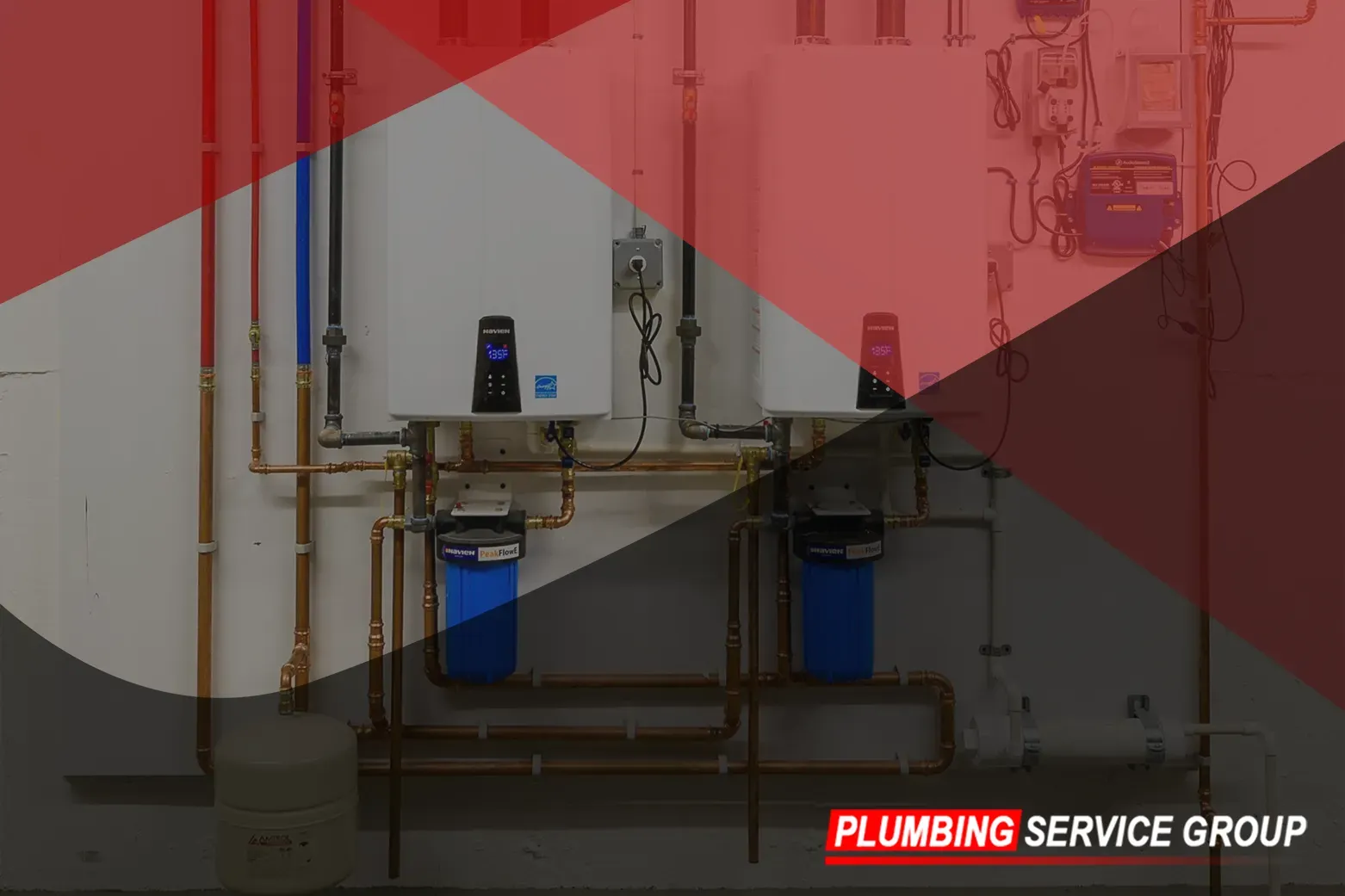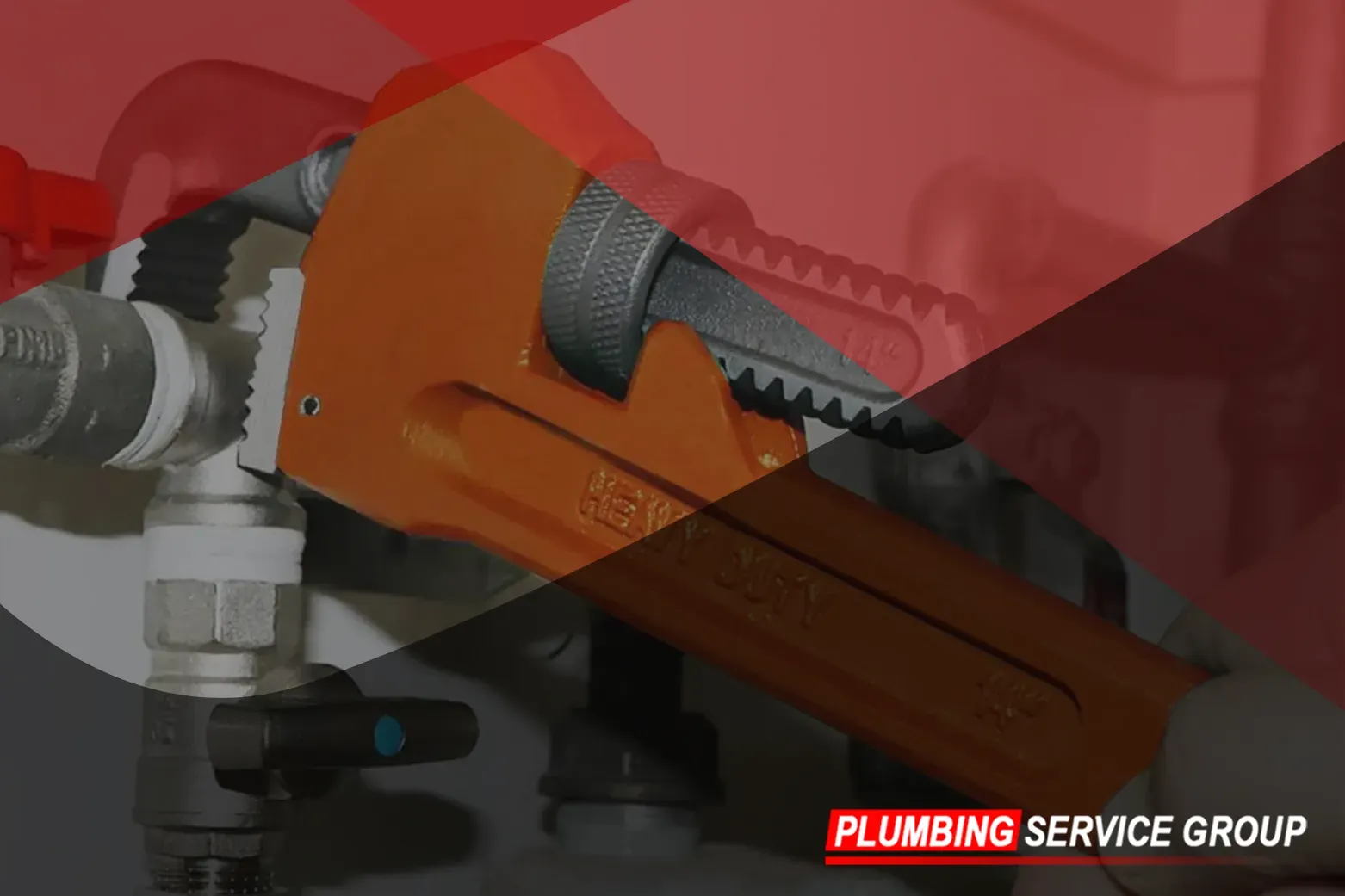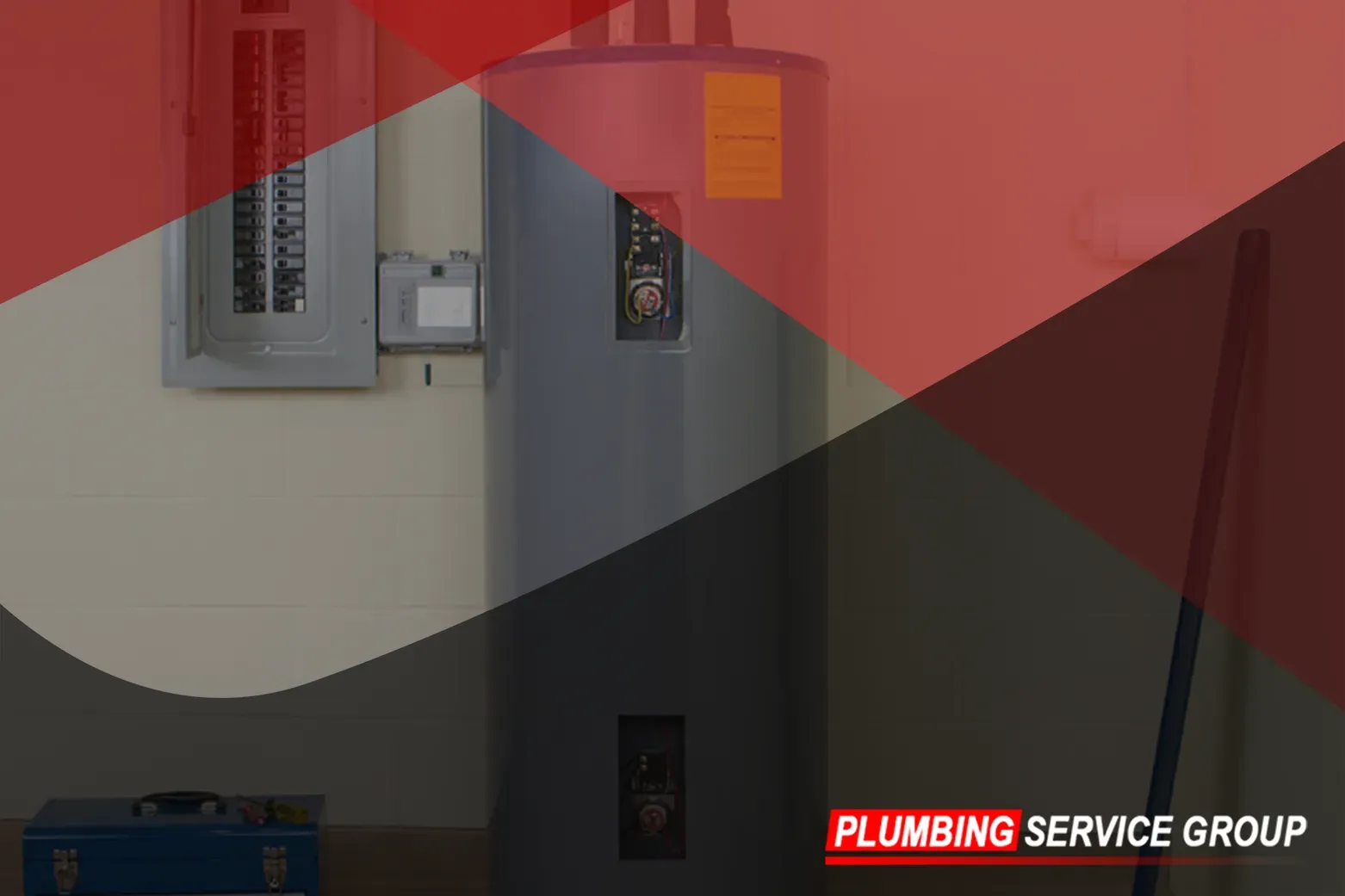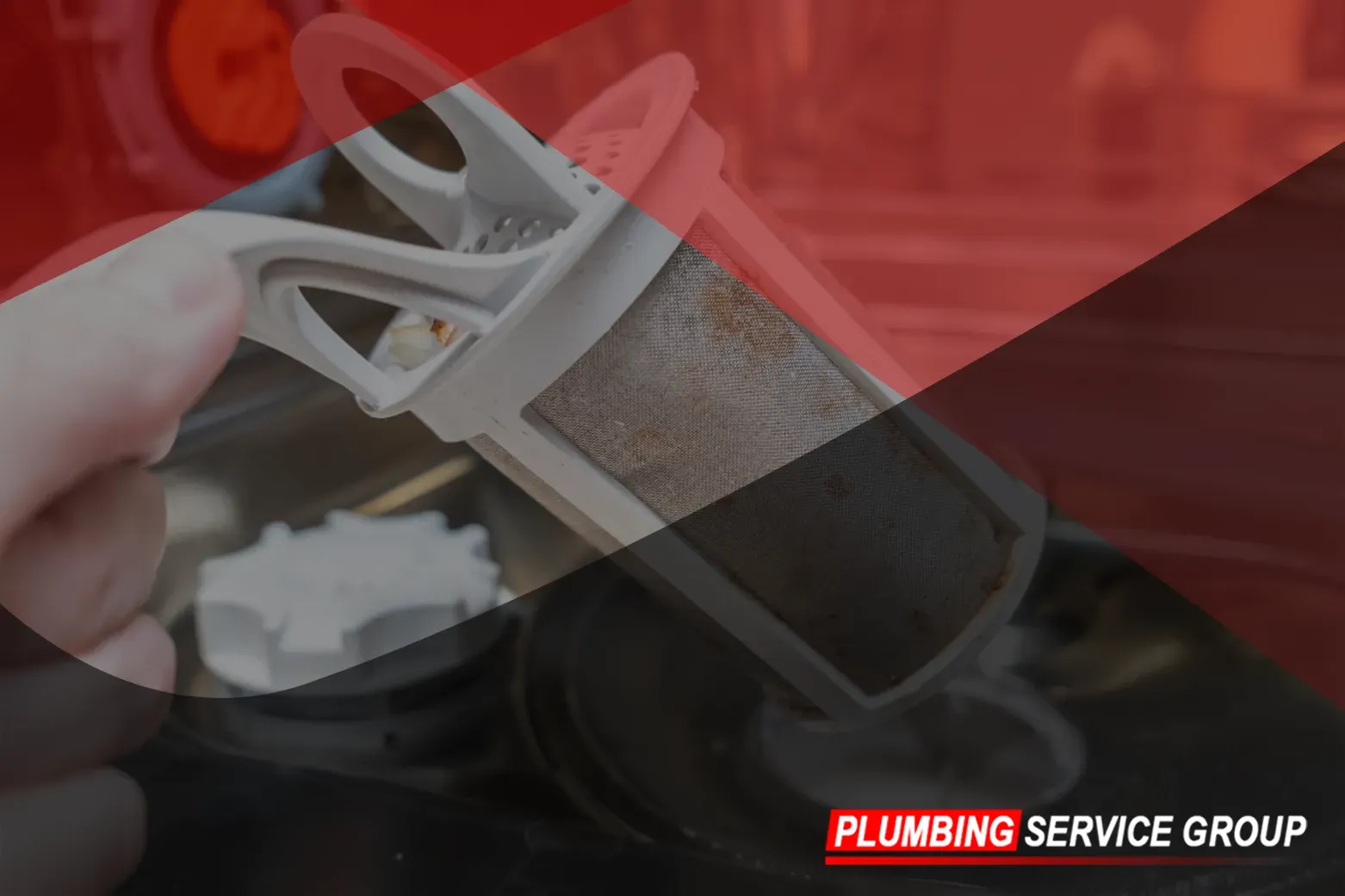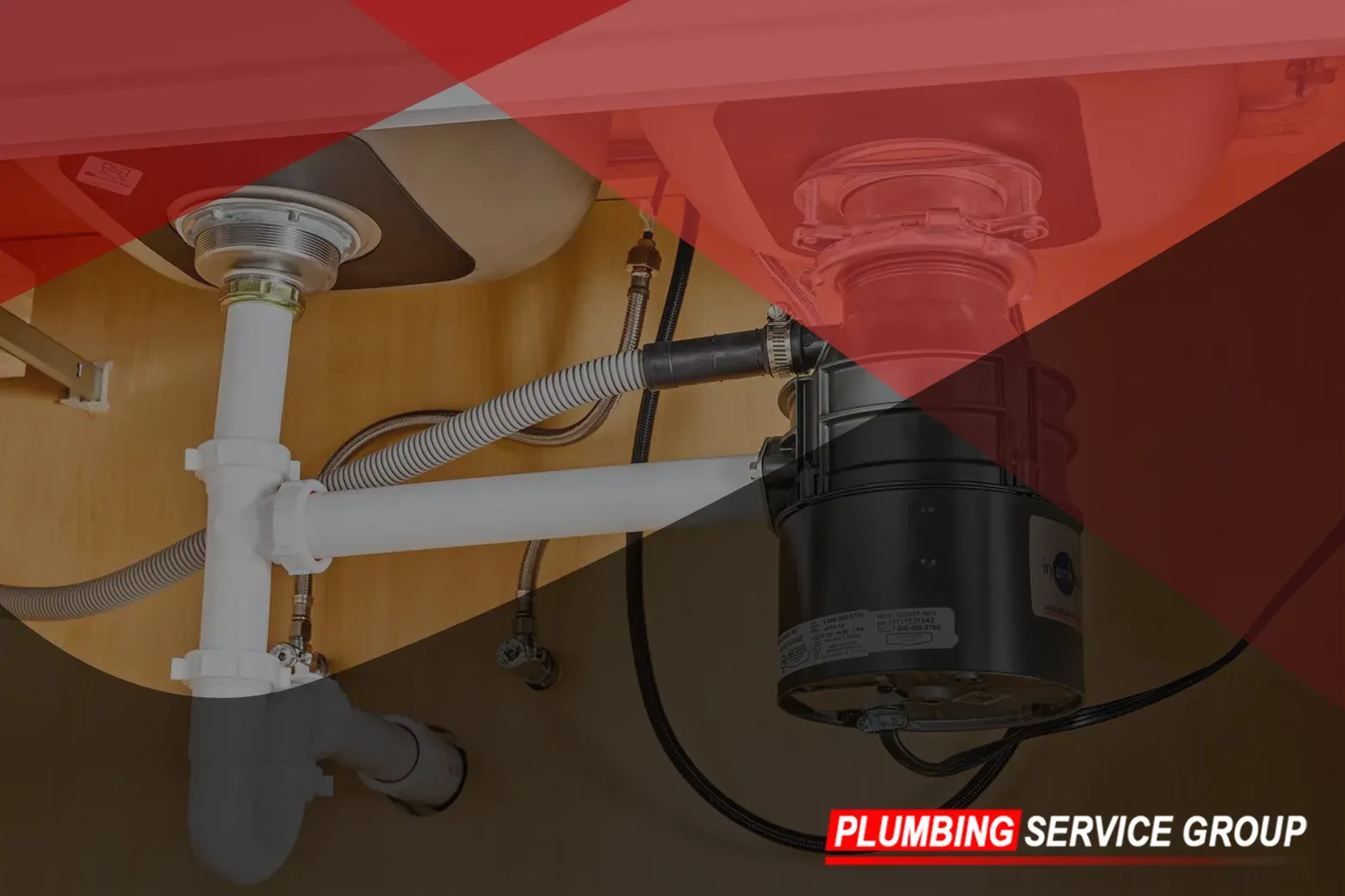How to Replace a Kitchen Faucet Like a Pro?
Are you tired of dealing with a leaky or outdated kitchen faucet? It may be time for a replacement! In this comprehensive guide brought to you by Plumbing Service Group, we'll walk you through the process of replacing a kitchen faucet with ease. Say goodbye to drips and hello to a stylish and functional upgrade for your kitchen. Let's dive in and get your kitchen looking and functioning at its best!
Replacing a kitchen faucet may seem like a daunting task, but with the right tools and guidance, anyone can tackle this DIY project. Whether you're upgrading to a more modern design or simply need to fix a persistent leak, learning how to replace a kitchen faucet is a valuable skill for any homeowner. In this guide, we'll cover everything you need to know to complete the job safely and efficiently.
Step 1: Gather Your Tools and Materials
Before you begin, it's essential to gather all the necessary tools and materials for the job. Here's what you'll need:
- New kitchen faucet
- Adjustable wrench
- Basin wrench
- Plumber's tape
- Bucket or towel
- Safety goggles
Step 2: Shut Off the Water Supply
Begin by locating the shut-off valves under the sink. These valves are typically located on the water pipes leading to the faucet. Turn the valves clockwise to shut off the water flow. It's crucial to ensure that both the hot and cold water supply valves are fully closed to prevent any water from entering the faucet lines during the replacement process.
Once the water supply is shut off, turn on the faucet to release any remaining water pressure in the lines. This will help minimize the amount of water that may spill out when you disconnect the old faucet. Place a bucket or towel under the sink to catch any drips or spills, ensuring a clean and dry work area.
Step 3: Disconnect the Old Faucet
Using an adjustable wrench, loosen and disconnect the supply lines from the old faucet. Start by placing the wrench securely around the nut connecting each supply line to the faucet. Turn the wrench counterclockwise to loosen the nuts, allowing the supply lines to be easily removed. Be prepared for some water to drip out as you loosen the connections, so have a towel or bucket handy to catch any spills.
Next, use a basin wrench to loosen and remove the nuts securing the faucet to the sink or countertop. The basin wrench is specifically designed to reach tight spaces under the sink and make it easier to loosen and remove nuts. Once the nuts are removed, carefully lift the old faucet out of the sink and set it aside.
Step 4: Prepare the New Faucet
Before installing the new faucet, take a moment to thoroughly clean the area around the sink where the faucet will be installed. Use a mild detergent or cleaner to remove any dirt, grime, or residue that may have accumulated over time. This will ensure a clean and secure fit for the new fixture and help prevent any issues with installation or functionality.
Additionally, apply the plumber's tape to the threads of the supply line connections on the new faucet. Plumber's tape, also known as Teflon tape, creates a tight seal between threaded pipe fittings and helps prevent leaks. Wrap a few layers of plumber's tape around the threads in a clockwise direction, ensuring that the tape is snug and covers the entire threaded area.
Step 5: Install the New Faucet
Carefully position the new faucet in place on the sink or countertop, making sure it aligns properly with the mounting holes. From underneath the sink, secure the faucet in place by tightening the nuts with a basin wrench. Be sure not to over-tighten the nuts, as this can damage the faucet or sink.
Once the faucet is securely in place, reconnect the supply lines to the corresponding hot and cold water valves. Use an adjustable wrench to tighten the connections, ensuring a snug fit without any leaks. Double-check all connections to ensure they are tight and secure before proceeding to the next step.
Step 6: Test the Faucet
With the new faucet installed, it's time to test for leaks and proper function. Turn on the water supply valves under the sink and slowly turn on the faucet. Check for any leaks around the base of the faucet and at the supply line connections. If you notice any leaks, tighten the connections as needed until they are secure.
Test both hot and cold water settings to ensure proper temperature control and water flow. Additionally, check the operation of any sprayer attachments or other features included with the faucet. Make any necessary adjustments to ensure everything is working correctly before proceeding.
Step 7: Clean Up and Enjoy
Once you've confirmed that the new faucet is installed correctly and functioning properly, clean up any tools and materials used during the installation process. Wipe down the sink and surrounding area to remove any dirt or debris, leaving your kitchen looking clean and refreshed.
Congratulations, you've successfully replaced your kitchen faucet like a pro! With your new faucet in place, you can enjoy improved functionality and style in your kitchen for years to come. If you ever encounter any plumbing challenges or need assistance with future projects, don't hesitate to contact Plumbing Service Group for expert guidance and support for all your kitchen plumbing needs.
Learning how to replace a kitchen faucet is a valuable skill for any homeowner. With the right tools, materials, and guidance, you can tackle this DIY project with confidence and achieve professional-quality results. By following the step-by-step instructions outlined in this guide, you can
say goodbye to leaks and hello to a stylish and functional upgrade for your kitchen. Happy plumbing!

